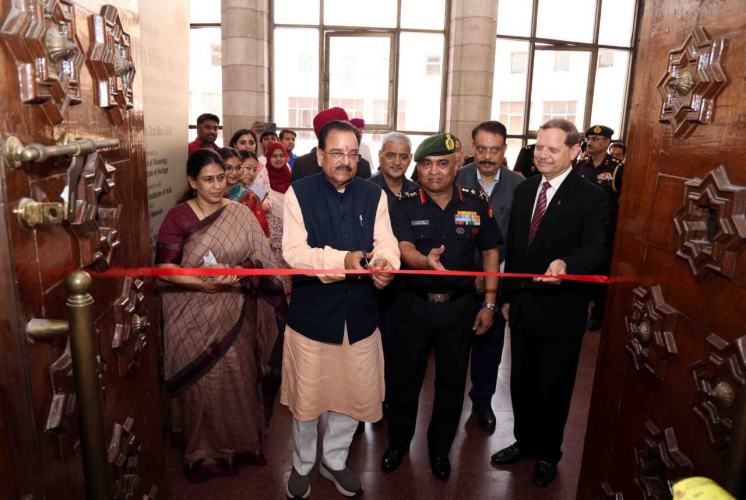NEW DELHI (PTI): India's space start-up GalaxEye said it has tested a home-built synthetic aperture radar, capable of taking pictures of the earth in cloudy conditions and during night, on a drone that can fly at a maximum altitude of 18 km, the first private entity to do so globally.
The high-flying drone, called the High Altitude Pseudo Satellite (HAPS) platform, was tested at a height of 25,000 feet (7.62 km) by the CSIR-National Aerospace Laboratory (CSIR-NAL) on May 13.
The synthetic aperture radar (SAR) was tested at an altitude of one km and is planned to be scaled up for tests at 7 km gradually, Suyash Singh, co-founder and Chief Executive Officer of Bengaluru-based GalaxEye, told PT on TuesdayI.
Besides applications in the defence sector, SAR holds immense potential for environmental monitoring and disaster management.
Singh said the convergence of high-tech functionalities with the HAPS platform holds immense promise for augmenting national security and intelligence gathering efforts.
"Our focus remains on optimising SAR with low SWaP (size, weight, and power) characteristics to unlock the unique phenomenology," he said, claiming that GalaxEye was the first private entity to test the technology on a HAPS platform.
Singh said the rigorous test flights undertaken by NAL have provided invaluable insights, paving the way for further research and development endeavours.
"GalaxEye's breakthrough will position India at the forefront of SAR innovation, aligning seamlessly with the 'Aatmanirbhar Bharat' initiative. By bolstering national defence capabilities and fostering technological self-reliance, we aim to redefine global standards," the start-up's CEO said.
The HAPS platform developed by CSIR-NAL can currently fly at an altitude of nearly eight kilometres, and will be capable of flying at an altitude of 18 km for long durations.
Flying HAPS with SAR in the stratosphere offers unprecedented capabilities for prolonged aerial surveillance given the all-weather, all-time imaging quality of the technology. Leveraging solar energy and advanced battery systems, these platforms can stay aloft for extended periods.
"SAR technology is vital for HAPS, and GalaxEye's drone-based SAR capabilities show promise for integrating such systems into HAPS," a CSIR-NAL spokesperson said.
" While the initial tests are encouraging, a series of further tests will be necessary before these platforms can be deployed for practical applications. We are positive about the possibilities," the spokesperson added.
According to Singh, globally the SAR technology for HAPS has been confined to few countries' governmental space agencies, with limited operational implementation.
GalaxEye is pioneering the world's first multi-sensor earth observation satellite which is expected to be launched next year.
The start-up has also developed India's first UAV SAR system for defence markets and completed over 200 successful flights.
GalaxEye tests SAR technology for earth imaging on high-flying drones
Article Posted on : - May 22, 2024
Other Related News
DRDO conducts high-altitude trials of integrated life-support system for pilots onboard Tejas aircraft
The Defence Research and Development Organisation (DRDO) has successfully conducted high-altitude trials of an indigenous life support system for pilots onboard Tejas light combat aircraft.
 Previous Article
Previous Article Next Article
Next Article













The Indian Air Force, in its flight trials evaluation report submitted before the Defence Ministry l..
view articleAn insight into the Medium Multi-Role Combat Aircraft competition...
view articleSky enthusiasts can now spot the International Space Station (ISS) commanded by Indian-American astr..
view article